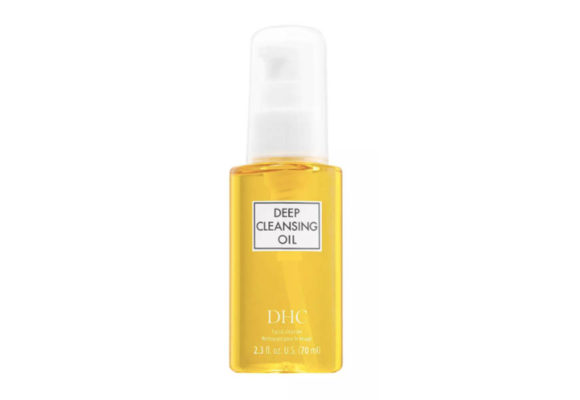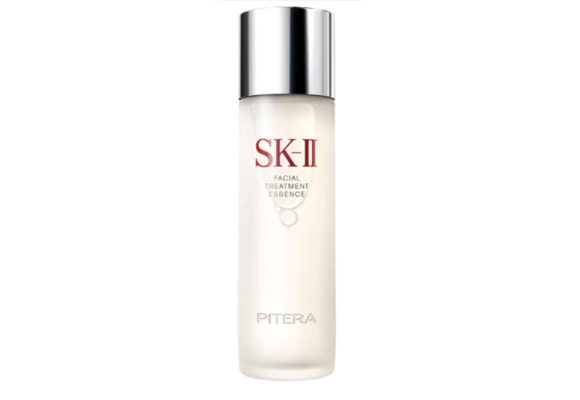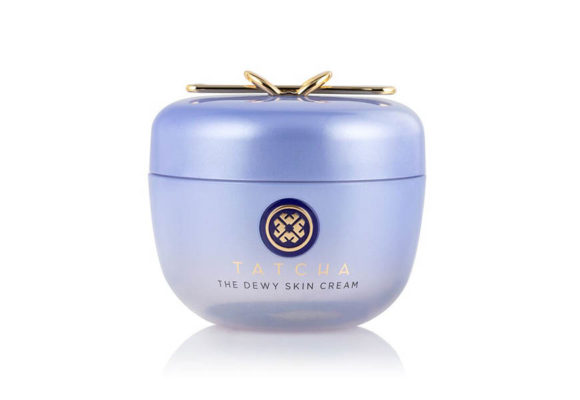
March 12, 2020 at 09:00PM by CWC
It wasn’t until a few months ago that dermatologists woke us up to the idea of “moisturizer layering,” which involves using moisturizing ingredients in every step of your routine in order to maximize hydration. But in Japan, this methodology—referred to as “doubles”—has been a way of life for generations.
Japanese skin-care doubles refers to the J-beauty method of double cleansing, first with an oil-based cleanser followed by a water-based one, then double moisturizing with an essence and a cream as a way to ensure hydration at every step. According to Junko Gomi, CEO of Japanese skin-care brand H2O+, it’s a common skin-care practice in Japan, and one that is taught from a young age. “Double cleansing is popular because the Japanese are very particular about removing dirt. For example, Japanese people take off their shoes when entering the home, they take baths and wash their hair every day, and when worshipping god at the shrine, it is common practice for Japanese people to wash their hands and rinse their mouths to purify the body,” she says. As for doubling up on moisturizer, Gomi explains that adding layers of hydration helps to soften skin and even out the texture.
Because of this, many Japanese skin-care brands, like Tatcha and DHC, sell basic skin sets featuring four items: an oil cleanser, a gentle water-based cleanser, a hydrating essence, and a moisturizing cream. “Having optimal skin hydration is the primary solution to achieving soft, healthy-looking skin because it helps maintain a well-functioning skin barrier,” says Gomi. And when your barrier is hydrated and functioning properly, it’s better able to absorb the other actives in your routine (which you might want to include for the sake of anti-aging, improving skin-tone, or calming redness).
Double cleansing
ADVERTISEMENT
ADVERTISEMENTKate Spade Autumn/Winter Sale |
Double cleansing is incredibly popular in Japan, and comes with a number of benefits aside from simply ensuring that makeup is thoroughly removed. “Thorough cleansing is essential, because oxidized sebum, environmental debris, and drying elements accelerate skin aging,” says Gomi. “By deep cleaning skin every day, removing make up and skin debris and prepping clean skin, skin is better prepared to maximize the benefits of skin-care and absorb the skin-care items that follow.”

Shop: DHC Deep Cleansing Oil Facial Cleanser, $14
1. Melt away dirt and oil with an oil-based cleanser: Remove your makeup using an oil, emulsion, or cream cleanser that doesn’t foam. This will help to dissolve oil-based makeup and debris from your skin, since oil attracts oil.

Shop: H2O+ Hydration Oasis Foaming Cleanser, $12
2. Wash off the remaining dirt and debris with a foam cleanser: Once your skin is degunked from oily grime, a second, water-based foam cleanser comes in to remove any leftover residue and replenish the skin barrier with hydrating ingredients. While foam facial washes have a reputation for being drying because they’ve traditionally relied on drying surfactants for their lathering abilities, these days there are surfactant-free formulas that are totally dry skin-safe. Newer ingredients like sarcosinates, betaines, and amino-derived surfactants foam, but don’t strip skin while they do it, and when combined with things like hyaluronic acid and aloe vera, these formulas can be conditioning. Be sure to allow the cleanser to foam in your hands, before you apply it to your face, because the bubbles will help lift away the dirt and grime from the surface.
Double moisturizing
Japanese women take great care in differentiating the “hydrating” and “moisturizing” elements of their routines, and each is given its own step. “Step three preps the skin by softening the surface to help absorb the product that follows it, and step four helps to prevent moisture evaporation as well as improve skin softness and suppleness,” says Gomi. Both of these steps are important, because they serve different purposes. The hydrating step involves a humectant ingredient, which draws hydration into the skin, while the moisturizing step relies on an occlusive to seal that hydration in.

Shop: SK-II Facial Treatment Essence, $185
3. Hydrate skin with an aqueous essence: Use a water-based essence or serum, which will soak easily into your skin thanks to its lightweight formula. “This is the most popular Japanese skin-care step as it replenishes skin and prepares it for the next step,” says Gomi. Since humectants (like hyaluronic acid, which holds 1,000 times its weight in water) have the sponge-like quality of drawing in water, this step will help the moisturizing ingredients in the step that follows permeate skin more deeply.

Shop: Tatcha The Dewy Skin Cream, $68
4. Moisturize skin with an emollient lotion or cream: This final step, involving a heavy cream or moisturizer, will seal in all of the hydration you’ve already infused into your skin. In addition to occlusive ingredients, which create a film to hold in all of the previously-applied hydrating ingredients and keep them from evaporating into the environment, you’ll want to look for a product that’s got humectants and skin-softening emollients, too.
This is everything our beauty editor learned about skin-care on a trip to Japan. Another place we’ve been turning to for beauty advice? Italy Here’s why pros call Italian skin-care ingredients the “Mediterranean diet for your face.”
ADVERTISEMENT
ADVERTISEMENTSports Direct Free Delivery on All Orders! |
Author Zoe Weiner | Well and Good
Selected by CWC

ADVERTISEMENT
ADVERTISEMENTUp to 30% off Gift Sets |







